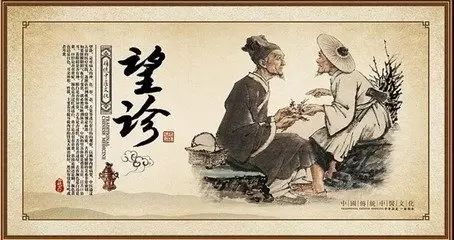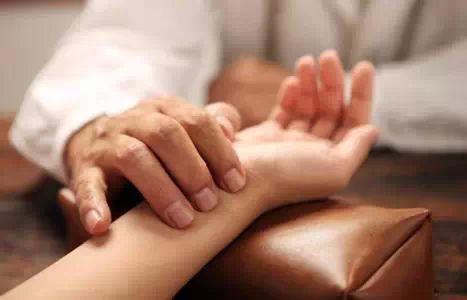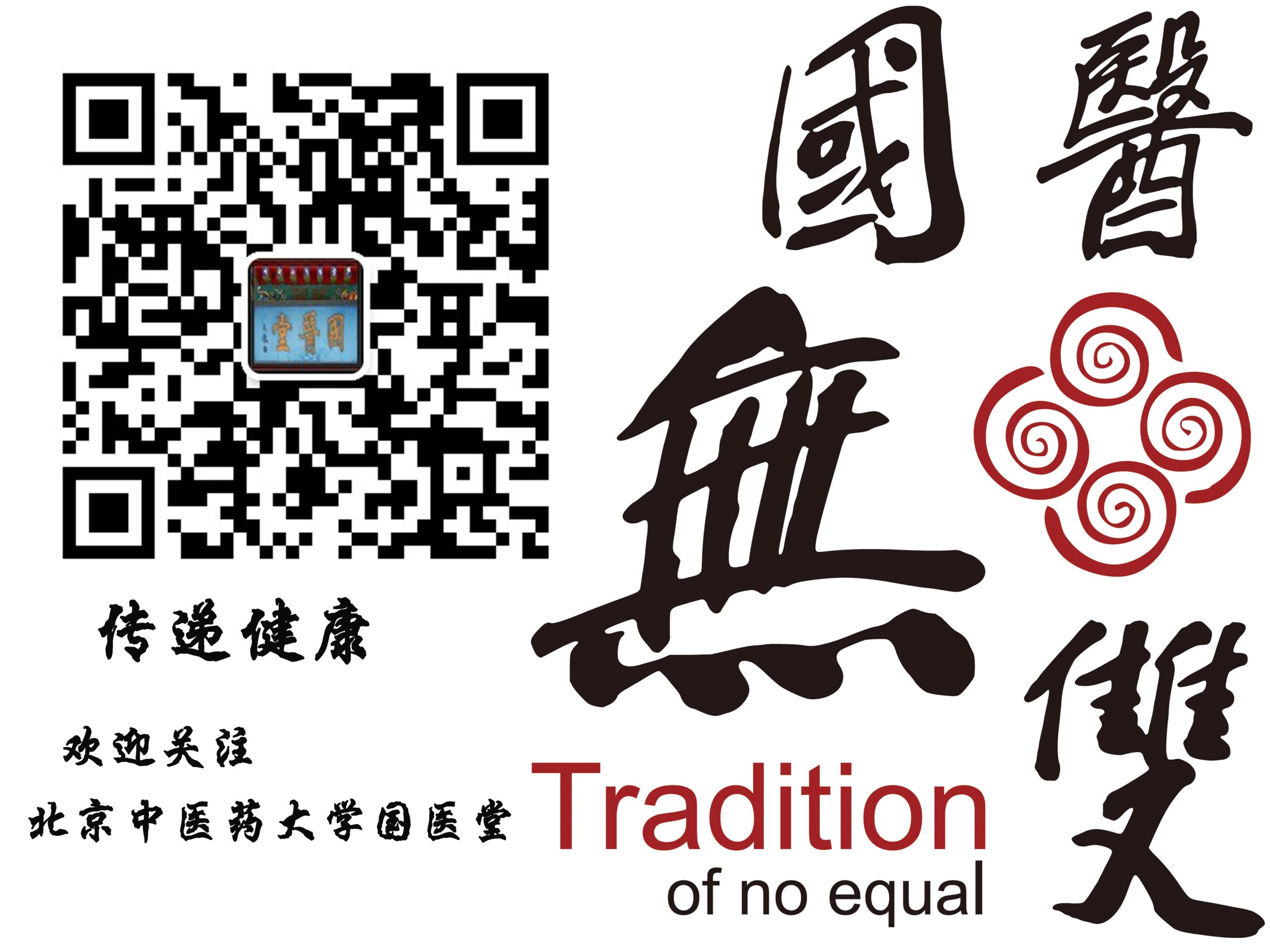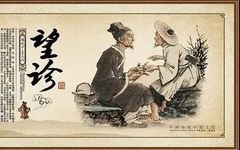In Traditional Chinese Medicine (TCM), diagnosis primarily involves four methods: observation (望, wàng), listening (闻, wén), inquiry (问, wèn), and palpation (切, qiè), collectively referred to as the “Four Examinations”.The human body is an organic whole, where local lesions can affect the entire system; internal organ disorders can manifest through various aspects of the body, including the five senses and limbs.Thus, by utilizing these four diagnostic methods, one can observe the symptoms of diseases expressed in various aspects, allowing for an understanding of the disease’s etiology, nature, and internal connections, which provides a basis for further pattern differentiation and treatment.
Observation (望诊, wàng zhěn) involves the physician using their eyes to observe changes in the patient’s overall appearance and local conditions.Through extensive medical practice, TCM recognizes that the external aspects of the body, particularly the face, tongue quality, and tongue coating, are closely related to the internal organs. If the five zang (organs) and six fu (bowels) experience pathological changes, these will inevitably reflect on the body surface. Therefore, through observation, one can gain insights into internal changes. When a physician first encounters a patient, if the patient’s condition appears severe but their spirit is good, it indicates that the vital energy (正气, zhèng qì) is still strong, suggesting a better treatment outcome; conversely, if the condition seems mild but the patient is lethargic, it indicates a decline in vital energy, which may lead to a poorer treatment response. Different facial colors can reflect various organ pathologies. The five colors—blue, red, yellow, white, and black—correspond to the liver, heart, spleen, lungs, and kidneys, respectively. For instance, a bluish complexion may indicate liver issues, while a yellowish complexion may suggest spleen and stomach problems. Changes in body shape can also indicate disease progression. Overweight individuals may exhibit symptoms of insufficient yang energy and phlegm-damp retention, while those who are underweight may show signs of insufficient yin blood and excessive yang heat.

Listening (闻诊, wén zhěn) involves the physician using their ears to listen to the patient’s voice and sounds, and their nose to smell the patient’s body or the odors of excretions and secretions.These observations are valuable for assessing the state of the disease.
Inquiry (问诊, wèn zhěn) is very important in TCM clinical practice.Information regarding the onset time, causes, progression of the disease, past illnesses, locations of pain, as well as lifestyle habits and dietary preferences related to the disease must be gathered through questioning the patient or their family.Ancient physicians emphasized the importance of inquiry and summarized its main content in a poem known as the “Ten Questions Song”: “First ask about cold and heat, second ask about sweating, third ask about head and body, fourth ask about bowel movements, fifth ask about diet, sixth ask about the chest, seventh about deafness and thirst, eighth about old illnesses and causes, and also consider medication changes. For women, it is essential to ask about menstrual cycles, delays, and irregularities. Additionally, brief notes for pediatrics, such as smallpox and measles, should be included.” This illustrates that inquiry is crucial in TCM diagnosis.
Palpation (切诊, qiè zhěn) refers to the physician using their hands to touch the patient’s body. The physician uses their fingers to palpate or press specific areas of the patient’s body to understand changes in their condition, which includes pulse diagnosis (切脉, qiè mài) and abdominal palpation (按诊, àn zhěn).Abdominal palpation involves the physician pressing on the patient’s chest and abdomen and touching other areas of the body for diagnosis. Pulse diagnosis, commonly referred to as “feeling the pulse,” involves a closed system of channels throughout the body, resembling a network. Under the influence of heart qi (气, qì), blood circulates through the vessels. Therefore, any change in the body can affect the flow of qi and blood, which can be detected through the pulse. This is the principle behind pulse diagnosis in TCM.

The four examinations—observation, listening, inquiry, and palpation—each have their unique roles in the diagnostic process and cannot replace one another.Some may claim that TCM diagnosis only involves looking at the tongue and feeling the pulse, which is an incomplete perspective as it separates the four examinations. While tongue diagnosis and pulse diagnosis hold prominent positions in TCM diagnostics, the four methods are a unified whole that must be integrated in clinical practice, referred to as “Four Examinations Combined” (四诊合参, sì zhěn hé cān). Furthermore, due to the complex manifestations of diseases, the essence of a disease may differ from its symptoms, requiring the physician to rely on experience to discern the true nature of the disease..


